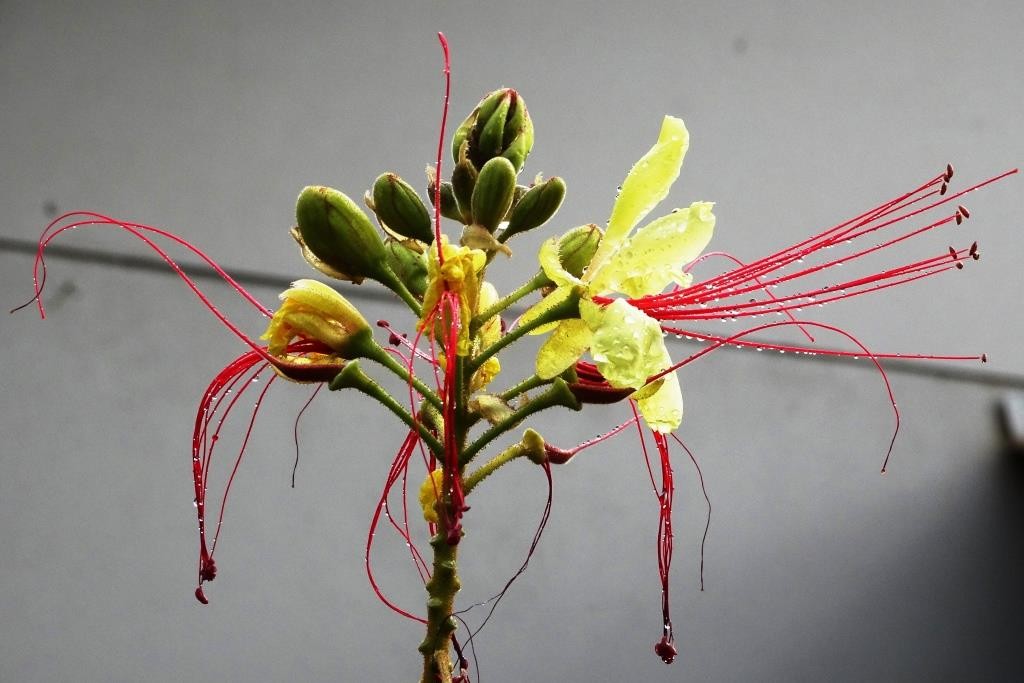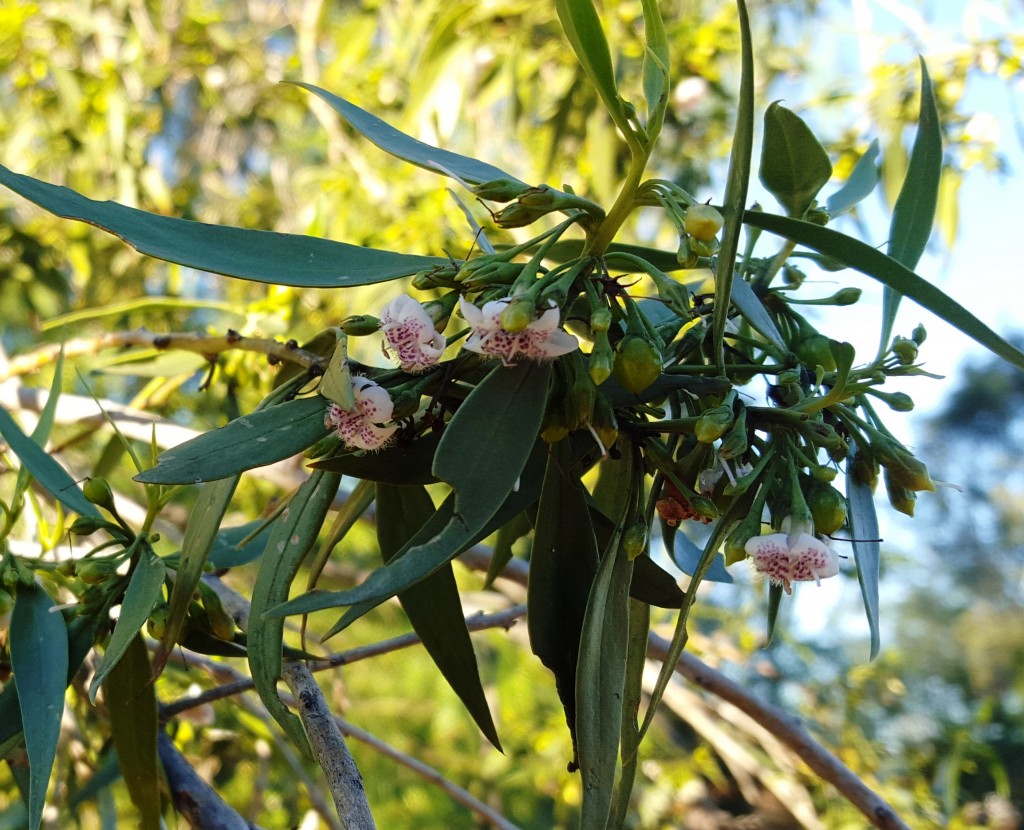Plants utilise a variety of defence mechanisms to ward off predators, with chemical defence being the most common – there are more than a thousand poisonous plants in Australia. Harmful components range from fruits and seeds; to roots, bark and leaves. The toxicity of plants usually increases with higher CO2 levels and during periods of drought. Plant toxins include harmful organic compounds (e.g. hydrocyanic acid and cicutoxin), alkaloids (e.g. atropine, hyoscyamine and strychnine), saponins (which damage cell components), oxalic acid (crystals), lectins (e.g. ricin), toxalbumins (abrin) and cyanide.
Plants can be toxic to pets and small children, with some plants even proving to be toxic for adults too. Ingestion of fruit stones, berries and seeds can lead to serious intestinal blockages and they may contain toxic compounds that are harmful to animals. Symptoms of poisoning range from fever and vomiting to muscle tremors, staggering and seizures. Many more plants lack specific poisonous characteristics but cause allergies, such as skin and eye irritation, from pollen. The poison recipient (i.e. human adult versus child or species of animal) as well as the dose and the circumstances of ingestion, are factors that influence whether a plant will be poisonous or not. For example, avocados are edible (and delicious!) for humans but are poisonous for dogs. A poisonous plant that has been introduced to Alice Springs is the White Cedar (Melia azedarach), which has fruits that are toxic to children but are regularly eaten by birds with no side effects.
Other introduced species that are poisonous include the Pepper Tree (Schinus molle var. areira), Desert Bird of Paradise (Caesalpinia gilliesii), Coffee Senna (Senna occidentalis) and Black Nightshade (Solanum nigrum). Native species such as Pituri Bush (Duboisia hopwoodii), Boobialla (Myoporum acuminatum) and Swainsona (Swainsona canescens) are also poisonous. Poisonous plants do not share a common attribute to make identification easy – they can be a variety of colours, scents, and forms. The best safeguard is to know your plants – research your garden and find out what you are growing. You can find a basic list of poisonous plants in the Northern Territory at the NT Government website or a national list for pets through AEC Vets. There are a range of books available, such as ‘Australia’s poisonous plants, fungi and cyanobacteria – a guide to species of medical and veterinary importance’ By Ross McKenzie.
It is recommended that plants with seriously poisonous components are not used in new plantings around yards with children or pets. If they exist in your yard, you may wish to assess the risk of the plant (which component is poisonous and to whom) and consider replacing it with an alternative non-toxic native plant. If retaining plants that have poisonous seeds you could remove the seeds as they appear. It is also advised to teach children not to put any plants in their mouths – education regarding the hazards posed by such plants may prevent misfortune. If poisoning is suspected, contact the Poisons Control (Ph 08 8922 7341) and seek medical/veterinary attention immediately.
Despite the dangers posed by some plants, they’re weird and wonderful and we love them – just don’t get on their bad side!

